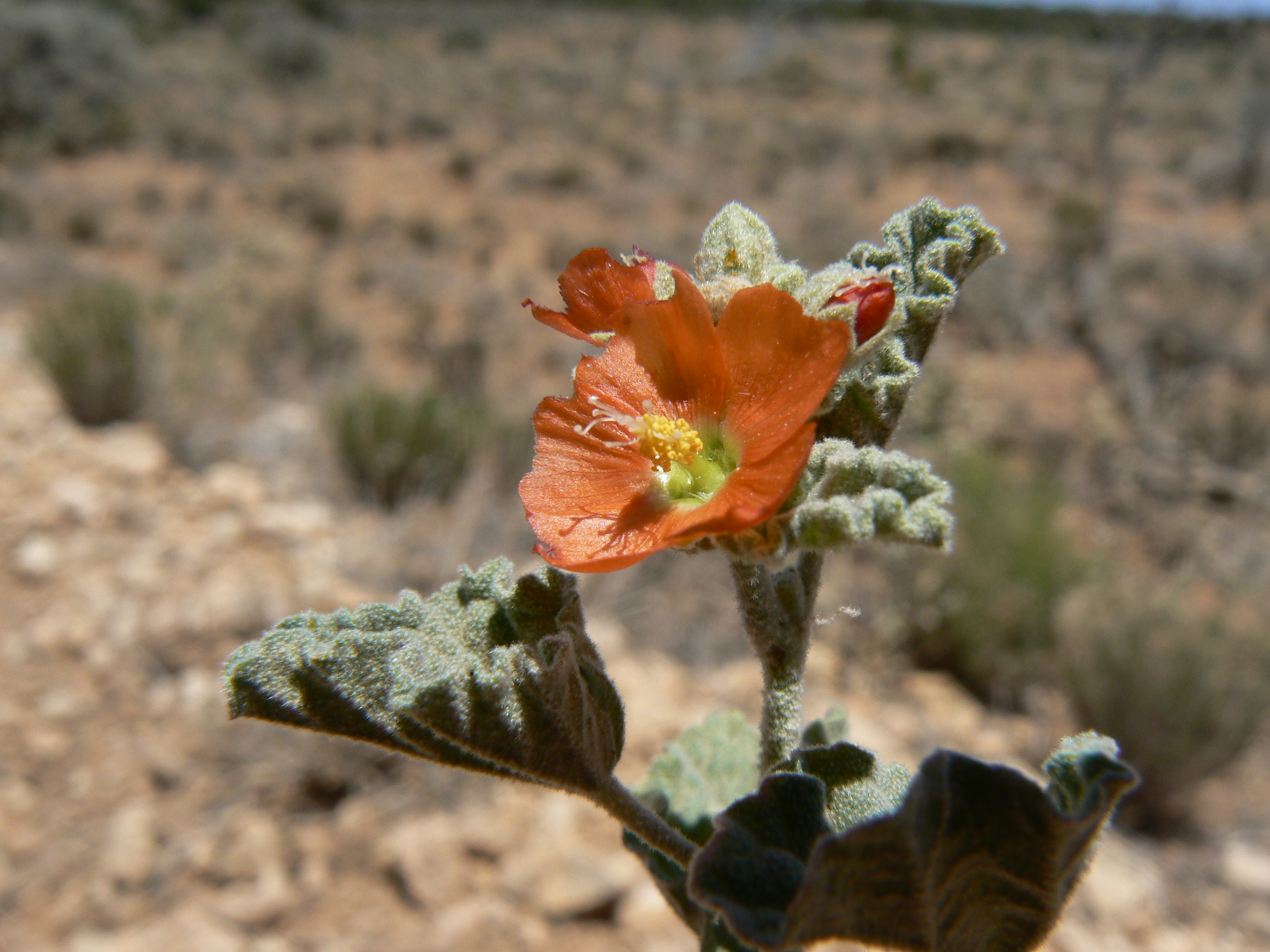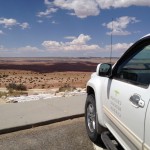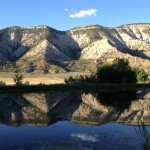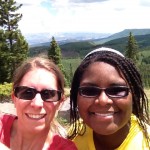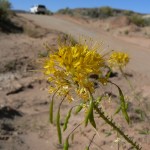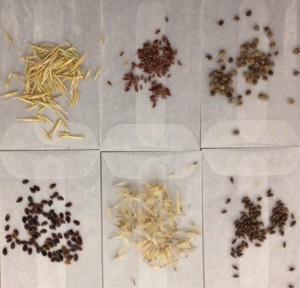
These seeds may not look like much right now, but the story they tell is full of adventure and promise. This week we are simulating summer in the Daniel F. and Ada L. Rice Plant Conservation Science Center to get them to reveal some of their secrets.
My research takes me to the Colorado Plateau (you may know it as the “four corners” region), which is one of the most starkly beautiful places in the United States. I work with many Garden scientists, graduate students, and public land management agencies like the Bureau of Land Management (BLM) to carry out research that helps make native plant restoration and management on public lands throughout the Colorado Plateau as efficient and effective as possible. We are particularly focused on understanding how to help native plants cope with encroaching invasive species, changing land use, and shifting climates.
So these seeds come from a gorgeous place. But more importantly, they were produced by some pretty impressive native plants that were tough enough to not only survive last year’s crazy weather, but to also flower and produce seeds in some pretty harsh sites. Like Chicago, the Colorado Plateau experienced one of the hottest, driest summers it has seen in a long time. Most of the plants in the Colorado Plateau sat out the flowering season last year — they conserved their resources for a better year. We are interested in the plants that braved really bad conditions to produce seeds, because we think they will be especially useful when restoring habitat that has been badly damaged by wildfire or invasive species. We call these plants native winners.
Unfortunately, very little is known about what makes these native winners tick. Our research is helping to uncover some of their secrets. Alicia Foxx (a student in our joint graduate program with Northwestern University) and I have just set up an experiment that will reveal the specific seed germination requirements for these native winners. We are using incubators that allow us create spring- and summer-like conditions that will tell us when and why seeds of these species are able to germinate and grow. Knowing this information is just a first step in our research that will help us improve the outcome of restoration practices.
©2013 Chicago Botanic Garden and my.chicagobotanic.org

